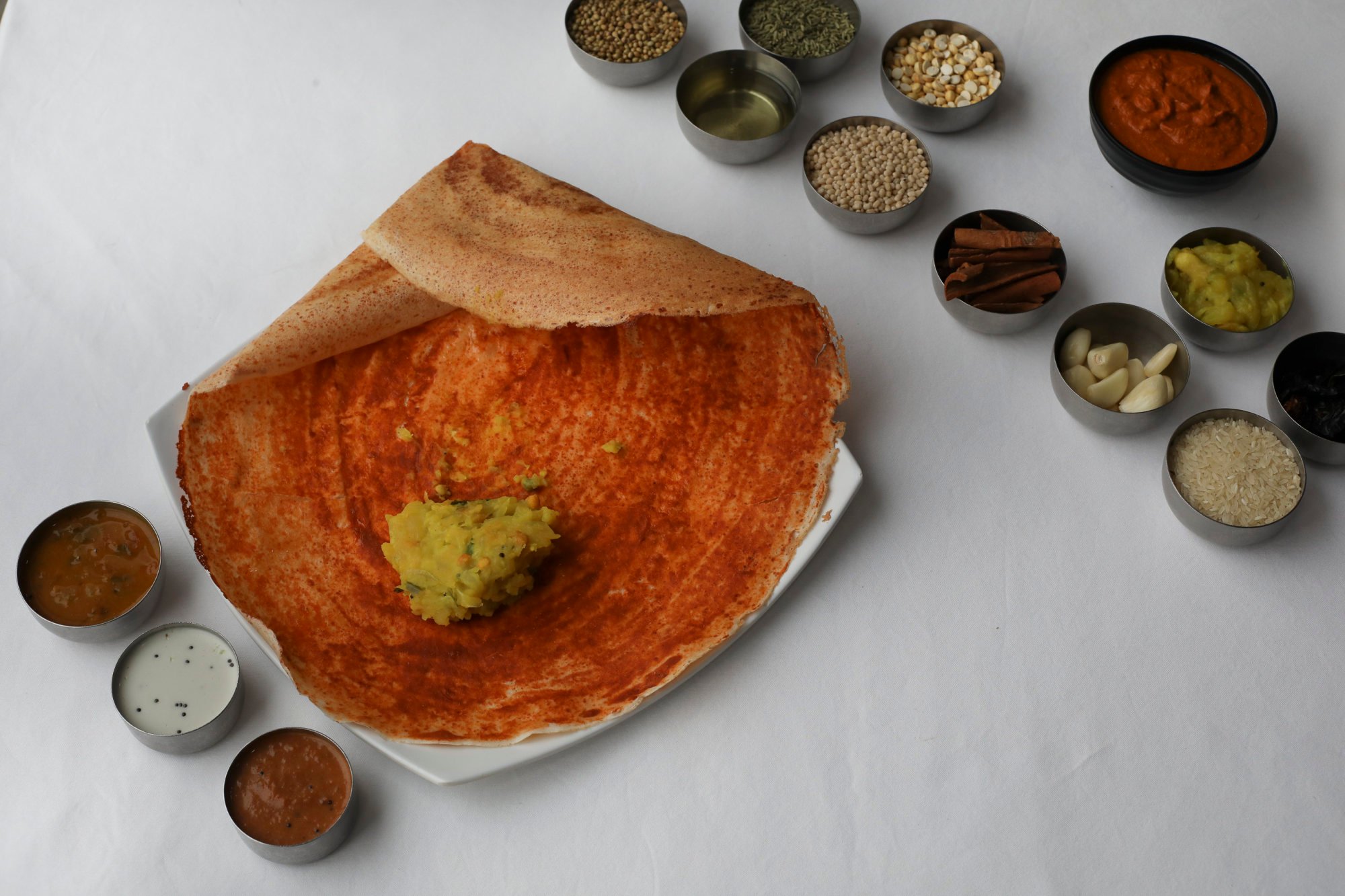
Thosai or tose? Malaysian language panel roasted over spelling of Indian dish
- Netizens rebuked the Dewan Bahasa dan Pustaka for suggesting the staple should be spelled as ‘tose’ and not ‘tosai’ in Malay
- The centuries-old snack, served plain, or stuffed with a spiced filling, has gained popularity globally under the name of dosa
A Malaysian government body has attracted criticism from social media users after it bit off more than it could chew by suggesting a new spelling for the Indian crepe “thosai”.
The culinary wrangling began this week following a tweet by the Dewan Bahasa dan Pustaka (DBP) that said the dish – a staple in Malaysian mamak restaurants (Indian Muslim coffee shop) – should be spelled as “tose” and not “tosai” in Malay.
The proposal by the DBP, which acts as the official steward of the Malay language, did not go down well with some netizens who were more worried about livelihood issues as the country heads to the polls on November 19.
“Nice try DBP, we’re seriously not going to get baited into pouring our time & energy into disputing you. It will always be ‘thosai/tosai/dosa’. OK, let’s move on to more pressing issues, friends,” a Twitter user wrote.
Not just chicken tikka: south India’s Tamil food gets its moment in the sun
Said another: “It’s thosai. Don’t try to be clever by changing the spelling of other people’s food. I prefer to believe how Indians want to spell their traditional food.”
Some users, however, agreed with the DBP’s variation, saying despite the fuss over the spelling, the breakfast snack was tasty.
“No one knows. Thosai is South Indian. Dosa is North Indian. Tose is Malay. All good. They are all delicious. Especially Masala Tose.”

The thin, crispy folded pancake, has gained popularity globally under the name of dosa, which was named one of the World’s 50 Best Foods by CNN in 2017.
Eaten daily by millions in India and other parts of the world, the humble dish is served plain, or stuffed with a spiced filling. It is usually accompanied by sambar (a spicy lentil broth) and coconut chutney.
India’s multi-cuisine restaurants offer curry, pizza and Chinese food
A recipe for dosa, known as dosaka, is found in the Manasollasa, an early 12th century work written in Sanskrit by King Someshvara III who ruled over the present-day south Indian state of Karnataka.
Restaurateurs from Karnataka’s temple town of Udupi, who arrived in Bombay (now Mumbai) in the 1930s, also played a key role in popularising the dosa and its spin-offs in the Indian financial hub.

